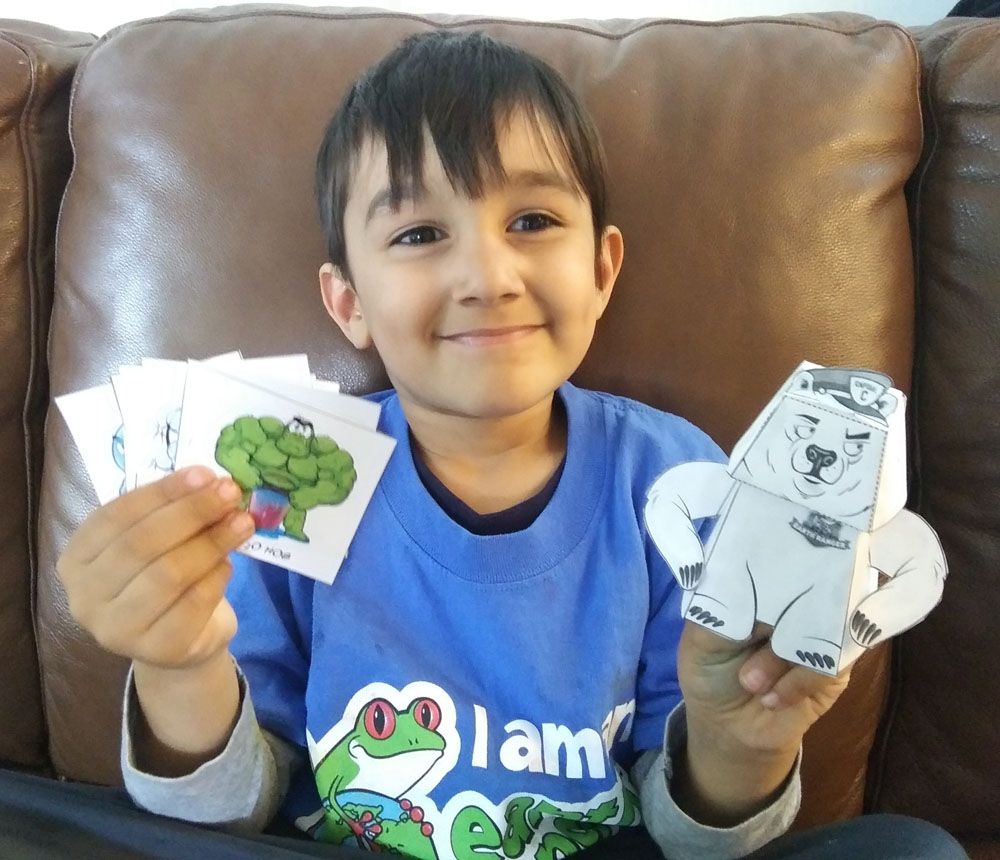Everyone knows that penguins live in Antarctica, but there are some little birds who look a LOT like their southern cousins living up north in the Arctic. Meet the thick-billed murre! Like the penguin, this bird is a fantastic swimmer and diver (it can dive down over 100 metres in search of fish, squid or a crustacean or two). But unlike the penguin, the thick-billed murre can also fly! Even though there’s presently no shortage of the thick-billed murre, populations are getting smaller. In fact, some colonies have recently seen a 20-50% decline. Time to lend a helping hand!
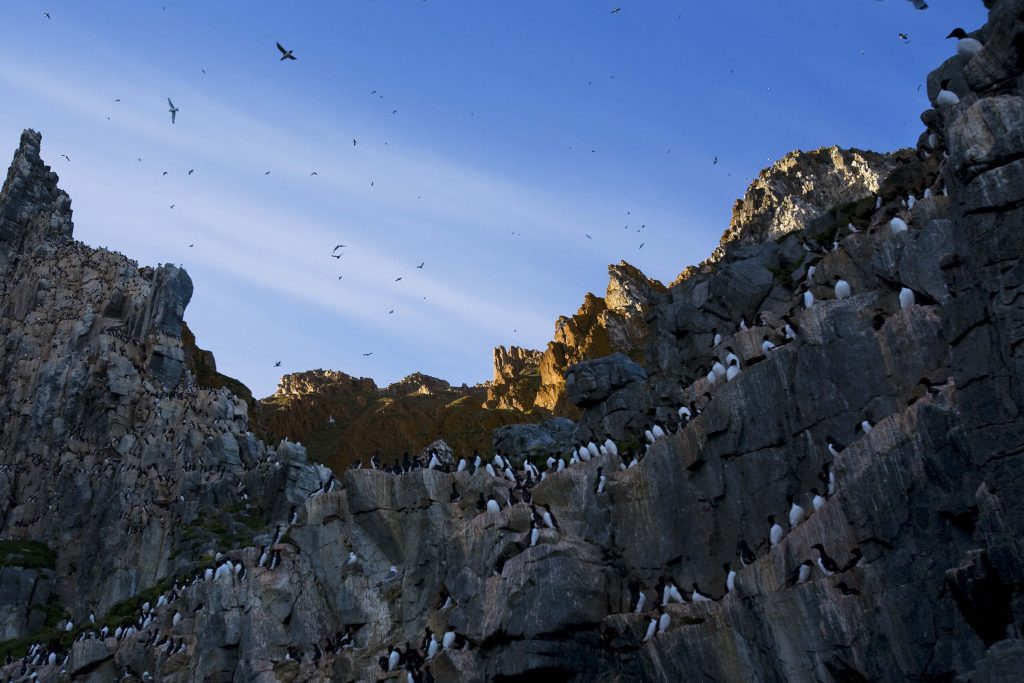
A Rocky Start
Most birds build nice, warm nests for their eggs. Not the thick-billed murre! This daring mama bird lays her egg on the steep face of a rocky cliff. Then the mother and father birds take turns incubating the egg. After about a month, the chick hatches. Both parents continue to care for their hatchling for three weeks. After that, the thick-billed murre chick glides down to the ocean, ready to take on the world!
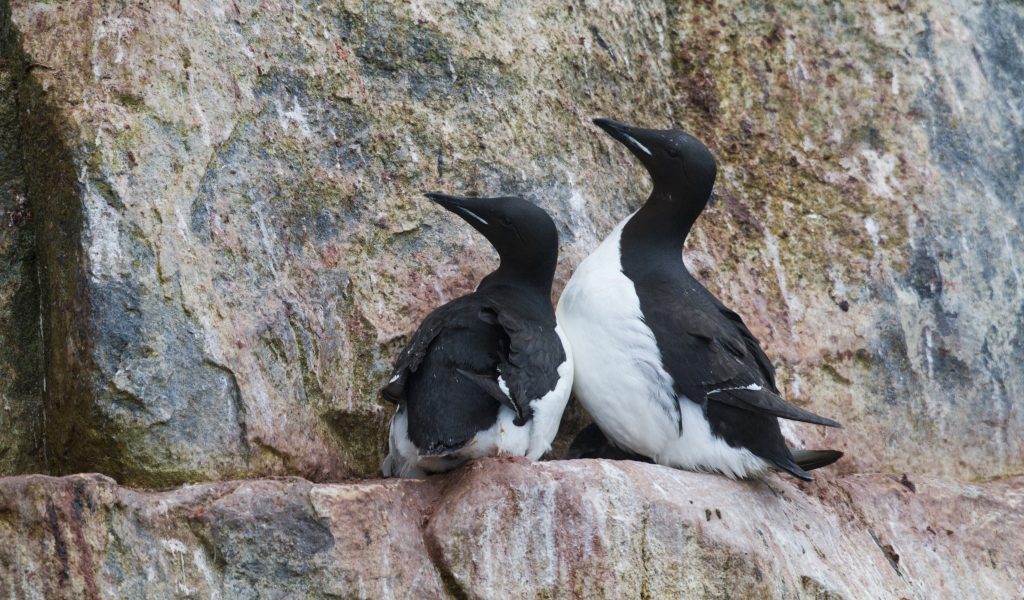
Lend a Helping… Wing?
To make sure the thick-billed murre population doesn’t fall any further, we’re teaming up with researcher Emily Choy from McGill University. Emily’s goal is to use mini bio loggers to track things like thick-billed murre heart rate, temperature and activity level as they forage, fly and dive. The purpose of this research is to create an ‘energy map’ that shows the quality of the thick-billed murre’s habitat and to ensure human disturbances (like Arctic shipping traffic) won’t impact them negatively.
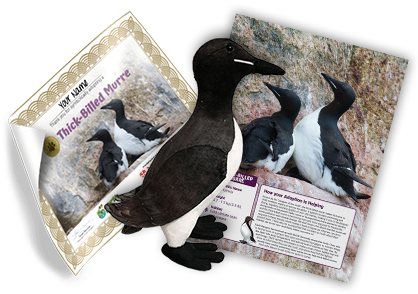
Proudly supported by:

In collaboration with:



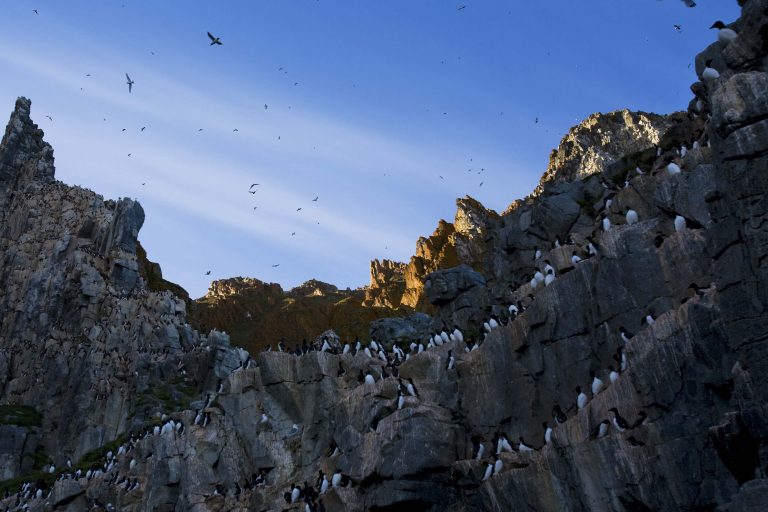


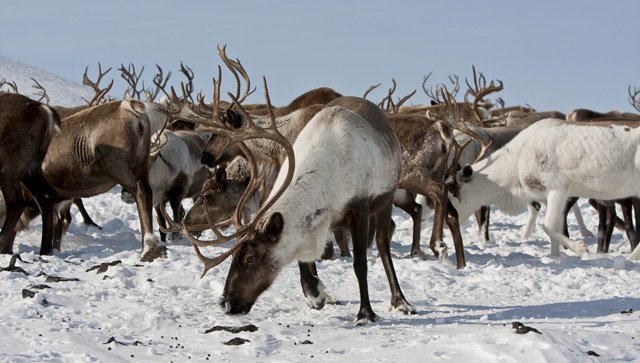

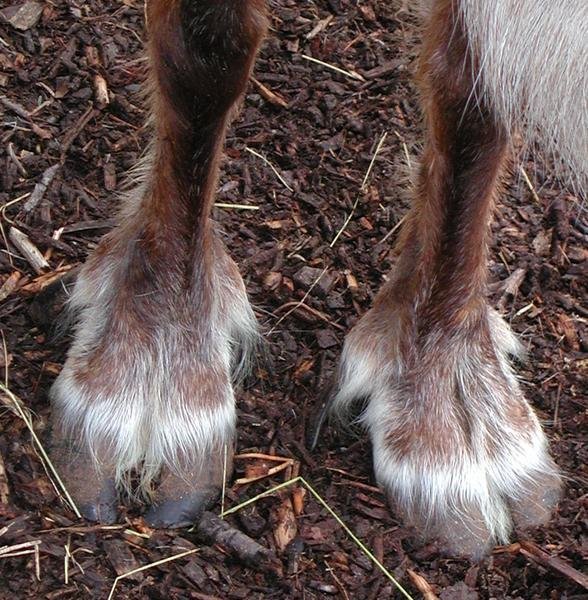
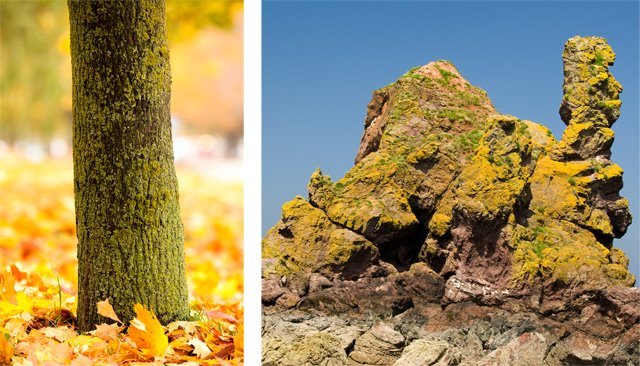
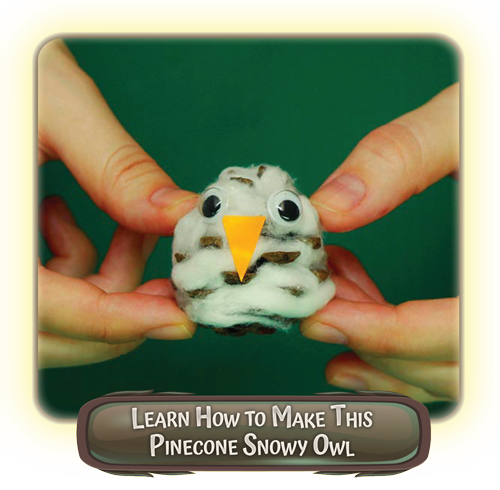
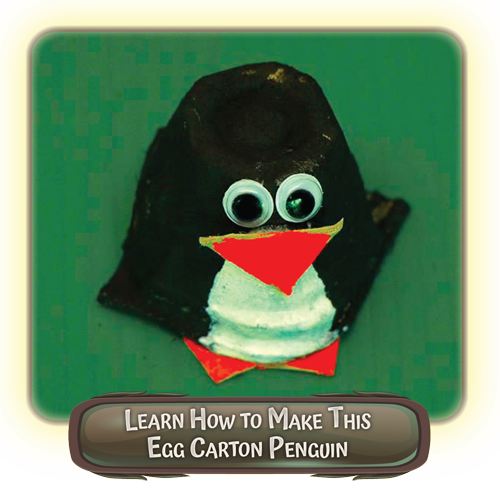

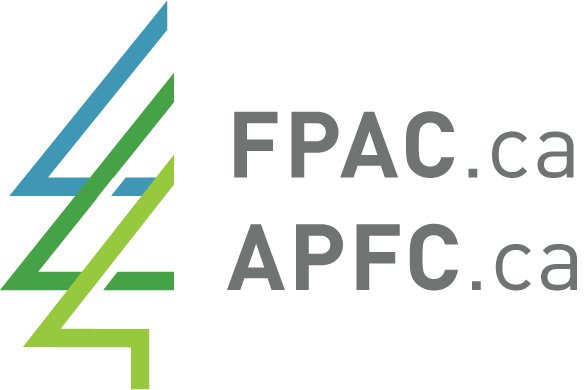
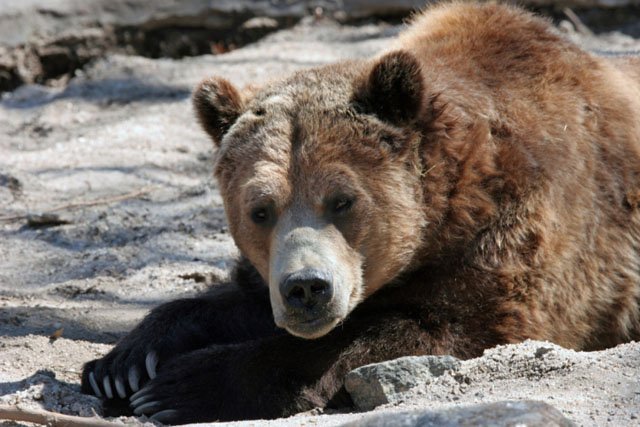




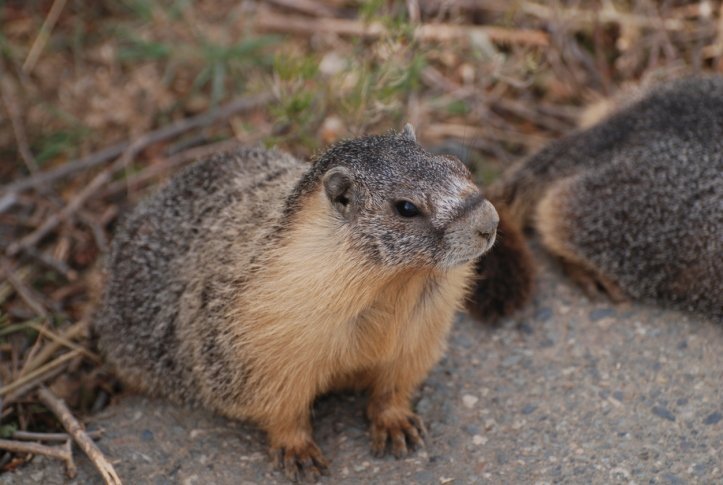

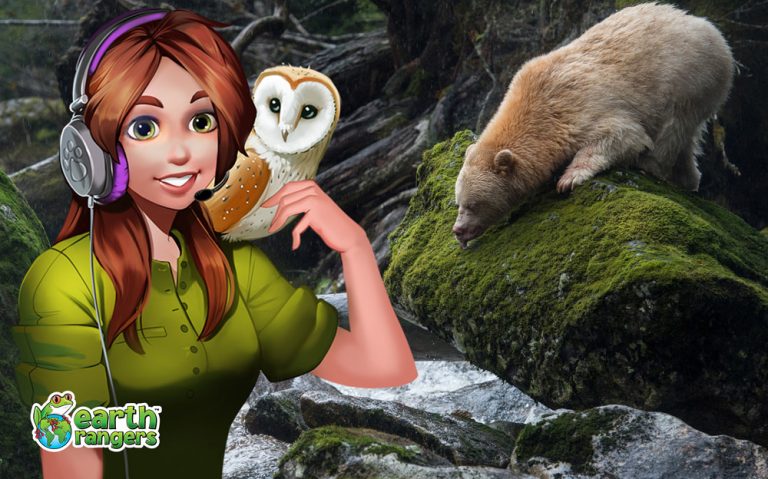
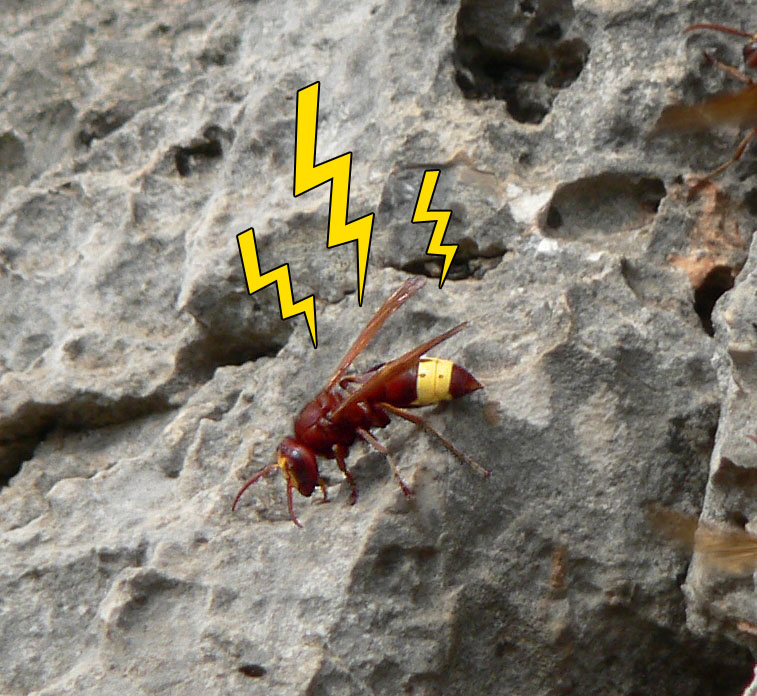
 This isn’t just a scary title. It’s a true story! There actually are electric hornets – well, sort of. But don’t worry; these insects won’t be shocking anyone anytime soon. Let’s take a look at the oriental hornet and its solar-powered abilities!
This isn’t just a scary title. It’s a true story! There actually are electric hornets – well, sort of. But don’t worry; these insects won’t be shocking anyone anytime soon. Let’s take a look at the oriental hornet and its solar-powered abilities!
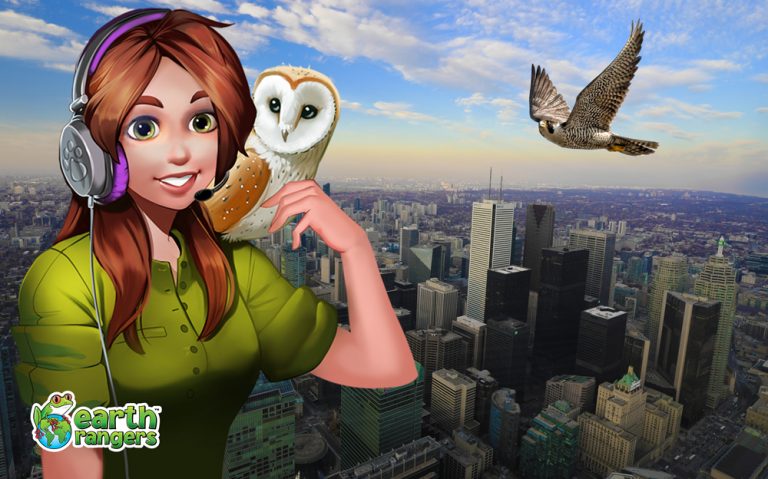



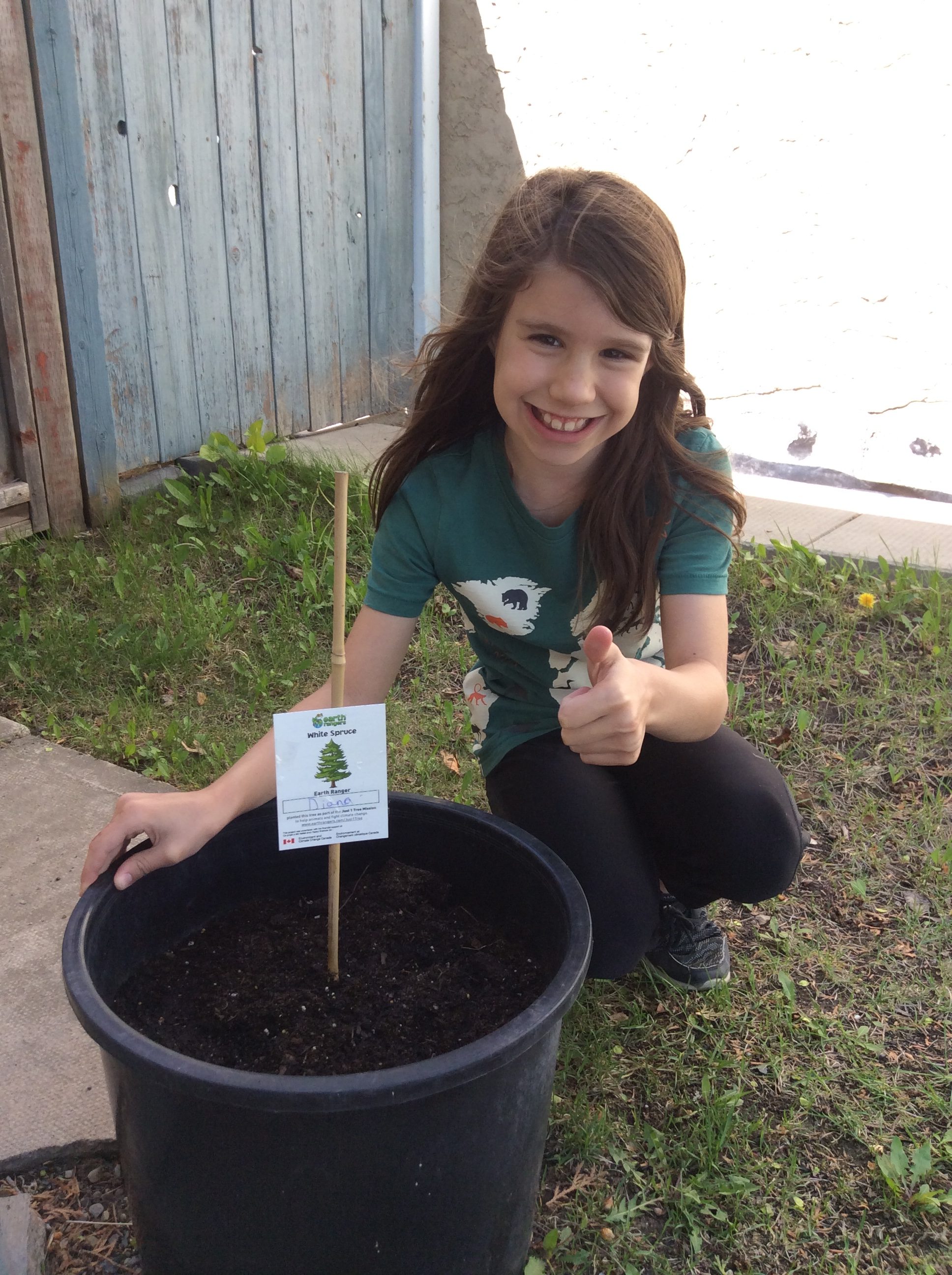



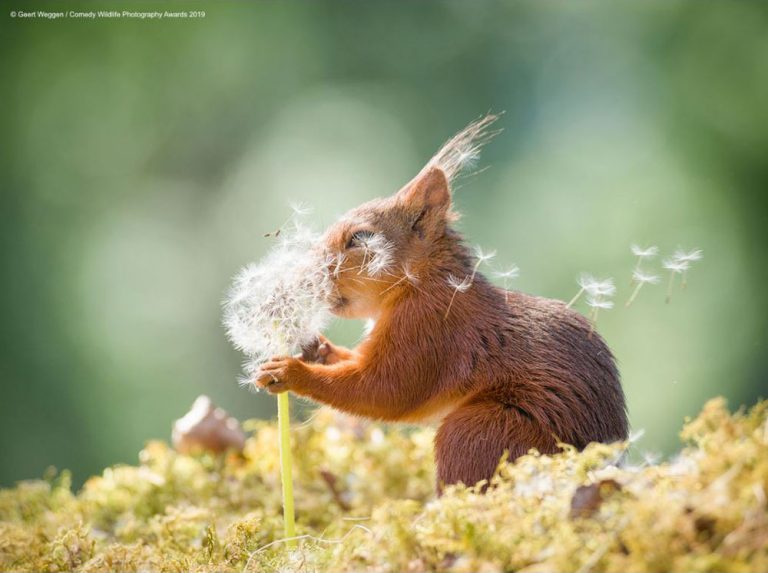















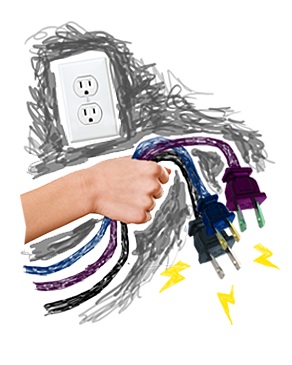 Stopping the Power Phantom is as easy as 1-2-3. You just have to:
Stopping the Power Phantom is as easy as 1-2-3. You just have to:
